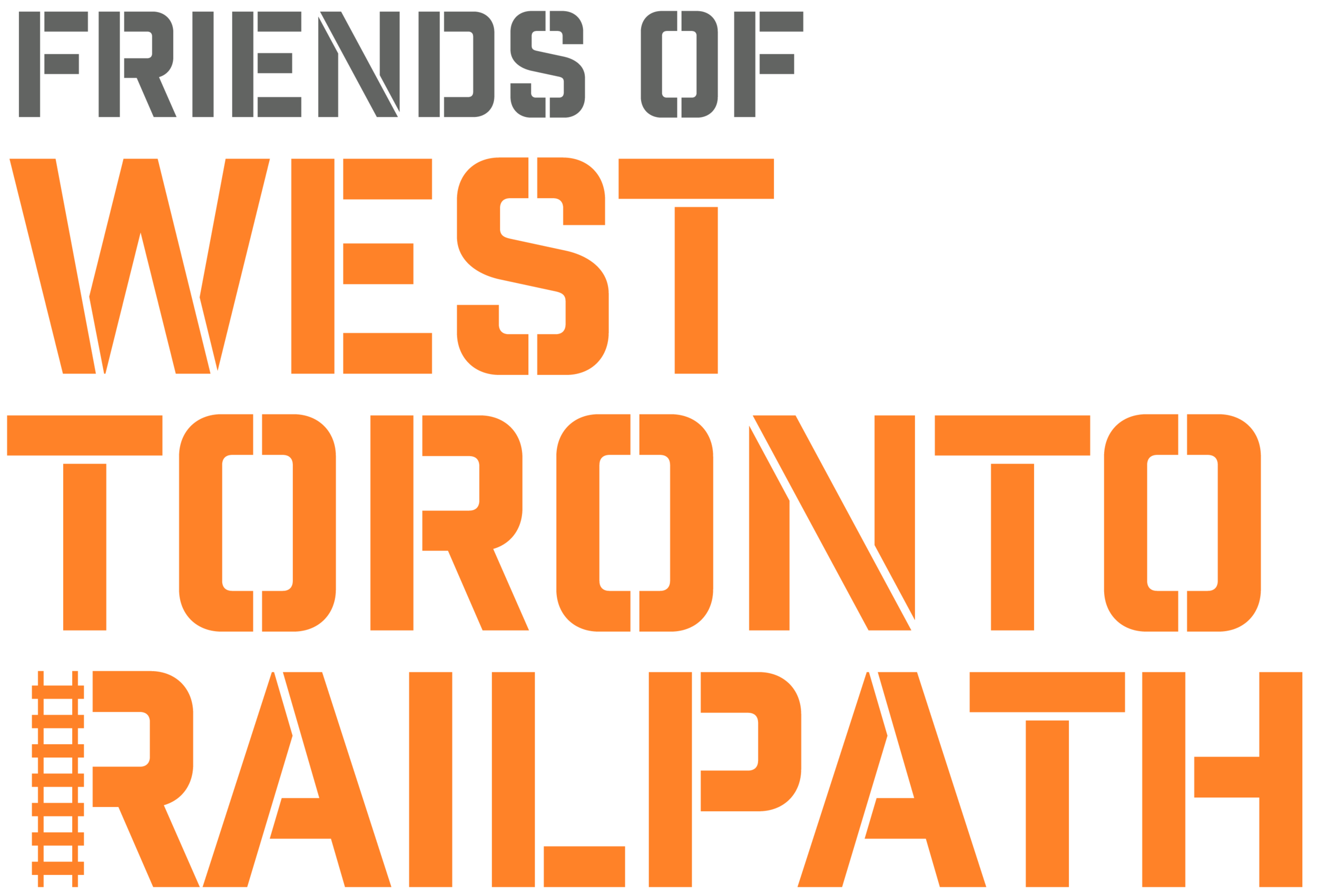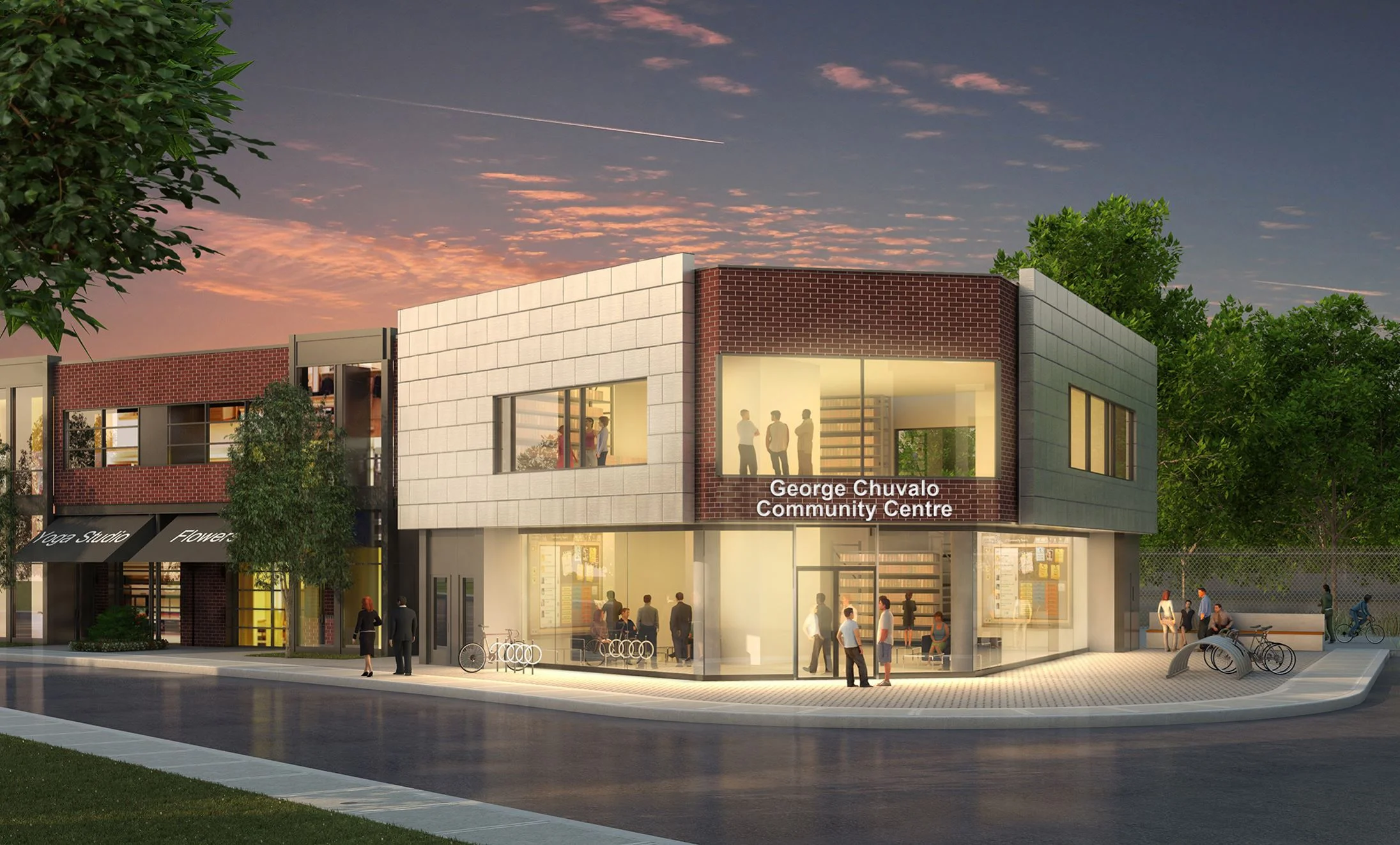“It’s part path, part garden. The trail is the place, not just a way to get from A to B.”
– Railpath architect James Brown of Brown + Storey
Getting to the railpath
The West Toronto Railpath is a multi-use trail maintained by City of Toronto Parks, Forestry and Recreation. WTR can be used for any human powered activity: cycling, walking, running or rollerblading. Besides authorized maintenance vehicles, there are no cars, trucks, motorcycles or electric bikes allowed on the WTR. The entire length of WTR is designated an “on-leash” zone for dogs. This is to respect the ecology of the trail and to protect its users who move at different speeds; we must all share the trail.
There are three Bike Share locations on the Railpath: at Dundas Street West, at Bloor Street West, and at Cariboo Avenue. There is also a location just east of Railpath at the corner of Symington and Wallace.Refer to the Bike Share map which includes bike availability.
Just north of Bloor Street on WTR there is direct access to the GO / UP Express Bloor Station (via stairs and ramp).
In the map of West Toronto below, the orange line indicates the Railpath. See a high resolution version of this map here.
Things to See and Do
Historical Markers
West Toronto Railpath sits on a former rail line that serviced the many industries of the West End. Coal, paints, oils, iron and aluminium plants were all intermixed with workers homes and small shops. Two of the most important legacies of that industrial history have been recognized by Heritage Toronto are the Wallace Bridge and the “Hash Tag” Diamond:
Wallace Bridge
WTR is home to the historic Wallace Avenue pedestrian bridge, which spans the Georgetown Rail corridor and connects Wallace Avenue to Dundas West Avenue. Built in 1907 by the Ontario Bridge Company, it is an early example of a steel truss riveted bridge. As very few examples of this type of bridge remain, it is protected under the Ontario Heritage Act. The stairs on both ends were replaced in the late 1990s due to extensive corrosion and in 2017 the east staircase was realigned because of the creation of a new street near the original base. The area surrounding and under this industrial age structure has become an important community meeting spot.
The “Hash Tag” Diamond
The communities of West Toronto Junction and Junction Triangle got their names because of the CN and CP rail lines that had crossed each other in the Davenport/Weston Road area since around 1853. This crossover was called the “West Toronto Diamond” or “Junction”. Recently, to facilitate more commuter traffic a grade separation allowing one rail line to pass underneath the other was built and the rail diamond was removed. This last rail diamond was embedded at the north end of WTR as a reminder of the area's rail history and that WTR is situated on a former rail line itself; the “Old Bruce”. In the past the shape of the rails was said to be a diamond but today we might say it forms a hashtag (#) – a perfect place for a WTR selfie! The very heavy lifting to do this was done by volunteers from Metrolinx and from City of Toronto Parks, Forestry and Recreation.
Museum of Contemporary Art
MOCA’s new home is a 55,000 square foot purpose-designed arts space situated in an historical former industrial space in Junction Triangle. MOCA exhibits, collects and nurtures innovative contemporary art and cultural practices.
“MOCA will be a destination where that exchange between art, artists, and the visitor happens. We will create relevant spaces, ensure they reflect the world we live in now and are sensitive to the differentiated nature of the communities we serve. The experience of art, the inspiration and the instigation that art provokes, can serve as a way for disparate communities to understand themselves and the world around them and create a sense of belonging.”
– Executive Director and CEO, Heidi Reitmaier
Image from MOCA.ca
Public Art
The West Toronto Railpath is a constantly evolving canvas for all types of art and an inspiration for artists. More about art along WTR here.
George Chuvalo Community Centre
The George Chuvalo Community Centre will be an exciting, accessible and open-ended 7,000 square foot community space where creativity, inclusive leadership, empowerment and innovation will be supported, encouraged and celebrated. We envision a facility that serves as an extension of homes and community life, where ownership is readily shared, and staff and volunteer teams feel like family. The centre is named after one of the West End’s most famous residents, boxing legend and anti-drug ambassador George Chuvalo.









